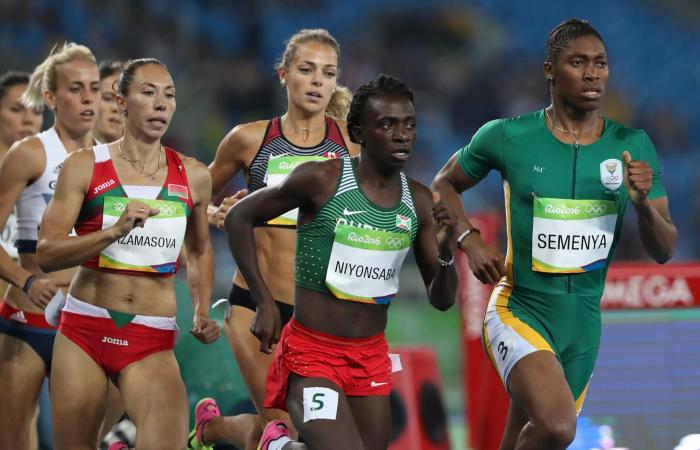- Erik Boye
Professor Emeritus, Oslo University Hospital
The rule of maximum testosterone level in sports is not justified by durable scientific data.
Debate
This is a debate post. Opinions in the text are at the writer’s expense.
Newsletter Want tips on this week’s best debates?
sign me in
What testosterone levels are allowed for female athletes is a controversial, sensitive and difficult topic. The discussion was taken up by athletics coach and long-distance runner Frode Saugestad in a debate post on 14 June. Saugstad has some interesting, some dubious and some very crazy and provocative views.
He is frustrated that Francine Niyonsaba from Burundi was registered in the 5000-meter at the Bislett competition, despite the fact that her level of testosterone is unusually high. Saugstad attacks, quite understandably, the rule that high testosterone levels are prohibited at intermediate distances, but not otherwise. How could such an absurd rule see the light of day?
It is a major problem that there are no credible and reliable studies of the extent to which testosterone affects performance levels, and in what exercises and sports. We must have such data before we can make any sensible decisions in this field.
DSD women tried banned
It is also wrong to refer to Niyonsaba as a biological man, as Saugestad does. It is not the testosterone level that determines gender. Niyonsaba has been recognized as a woman throughout her 29-year life. In 2016, she won silver in the 800-meter at the Rio Olympics, Caster Semenya took gold. Both have the rare genetic condition called 46 XY DSD. This means that their natural level of testosterone is much higher than in most women.
The International Athletics Federation made an attempt to ban DSD women when the Indian sprinter Dutee Chand in 2011 was denied entry. She appealed to the Supreme Court of Sport (CAS) and won. CAS decided that if she were to be excluded, scientific evidence would have to be produced that high testosterone levels in Chand would significantly improve her performance. In order to ban Caster Semenya, a process was initiated to obtain such data. After a few years, the International Athletics Federation’s researchers published a publication in a scientific journal. Here they meant to have data that showed that there was an advantage of high testosterone levels precisely at the distances from 400 meters to one English mile.
New data is kept secret
Together with two colleagues (Roger Pielke Jr. and Ross Tucker), I gained access to the data the researchers had used. We discovered that the dataset contained a number of incomprehensible errors and did not support the conclusion at all. On the basis of this misleading publication, the International Athletics Federation launched a rule that those who had elevated testosterone levels had to lower it if they wanted to run the middle distances. Not entirely by chance, these were the same exercises that Caster Semenya could be expected to run.
It was expected in advance that strength exercises and sprints would emerge as exercises where high testosterone levels were an advantage. The results showed something else. For sprints, the data even showed that high testosterone levels were a disadvantage! The International Athletics Federation admitted the errors and later published a new report which was evaded peer review. The new data is kept secret.
My two colleagues and I had no prior contact with Caster Semenya, but assisted her with advice along the way. Two of us were expert witnesses during the actual hearing in CAS. We published a scientific corrective that has not been contradicted until now. In its judgment, the CAS concluded that it is acceptable to discriminate against a few in order to protect the many from what was claimed to be unfair competition. So the International Athletics Federation won the CAS, and Semenya was excluded from the Tokyo Olympics. Niyonsaba moved her participation to longer distances, where she could participate without restrictions.
The solution is not obvious
It is important to note that this testosterone rule from 2018 is without scientific justification, regardless of exercise. The lack of scientific knowledge in this field led the International Olympic Committee (IOC) to adopt a recommendation that the rule be removed. The International Athletics Federation refuses to comply with the recommendation.
Cheating with data or using easy conclusions is not the way to go.
This topic is hotly debated on social media. There are very hard fronts with strong messages both ways. In the 13 years that the Semenya case has developed, there may have been a greater understanding that gender is not a binary classification, ie with only two groups. It is not so easy to place all individuals either as male or female and expect all women or all men to have the same characteristics.
In this landscape, it is unconstructive to unilaterally declare that Semenya and Niyonsaba are men. The solution to the problem is not obvious. But cheating with data or using easy conclusions is not the way to go.
Tags: Testosterone levels determine gender
-





